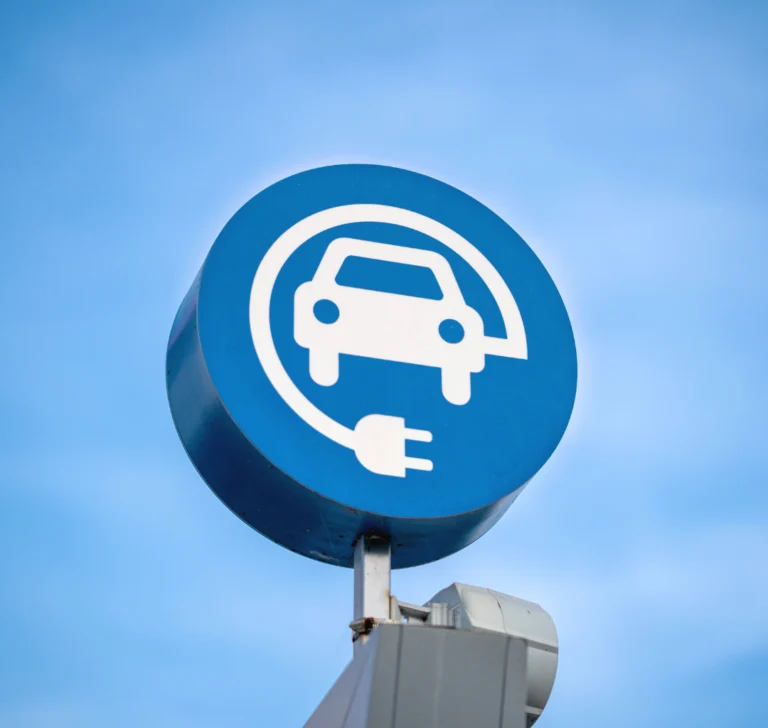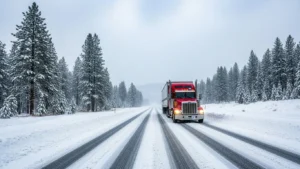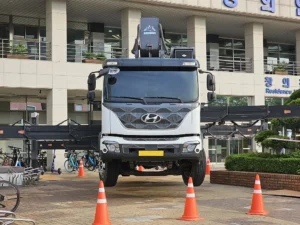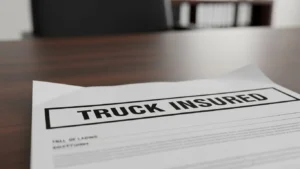California is moving forward with the development of new vehicle emissions regulations in its effort to maintain leadership in the fight against climate change.
Once again, California is advancing in the development of new vehicle emissions standards as part of its ongoing effort to lead in the fight against climate change. The state’s clean air regulatory agency is seeking to counter attempts by the Trump administration to weaken California’s regulatory authority and has found a new way to do so.
The California Air Resources Board (CARB), along with five other state agencies, has begun drafting new vehicle emissions regulations. Liane Randolph, Chair of CARB, stated that this process could take up to three years but is crucial to ensure that California does not rely on the federal government when it comes to reducing vehicle emissions.

California makes progress on public health and clean vehicles
On August 19, the agencies released a report recommending that California reinstate the federal $7,500 tax credit for the purchase of electric vehicles, which is set to expire at the end of September. The report also includes additional recommendations to continue advancing emission reduction initiatives.
These recommendations are part of a direct response to an executive order issued in June by California Governor Gavin Newsom, aimed at accelerating the adoption of zero-emission vehicles in light of challenges posed by the federal government. The CARB report outlines measures in six key areas:
- Private Investment: Maintain the Low Carbon Fuel Standard program to preserve private sector investment.
- Incentives: Replace expiring federal tax credits and expand access to zero-emission vehicles.
- Infrastructure: Prioritize reliable charging infrastructure for electric vehicles and hydrogen fueling stations.
- Fuel Prices: Recommend strategies to reduce electric vehicle charging costs.
- Regulations: Implement consumer protection regulations and establish a state rule on indirect sources to reduce emissions in high-impact areas.
- Procurement: Require state agencies to lead by example through procurement policies that prioritize ZEVs and support electrification of local government fleets.
Governor Newsom also requested that CARB develop new rules to reinstate or replace the regulations banning the sale of gasoline-powered vehicles starting in 2035—policies the Trump administration is trying to undermine by rescinding waivers previously granted under former President Joe Biden.

Potential legal and environmental impacts for California
California has made significant progress in air quality, but its geography and ongoing pollution challenges mean the work is far from over. Randolph warned that the state could lose years of emission reduction progress if the federal government continues dismantling state climate policies, calling such a reversal “illegal.”
The report also suggests building more charging stations along major state highways and exploring new incentives to encourage electric vehicle use, such as continued special access to high-occupancy vehicle (HOV) lanes. This benefit is scheduled to expire after September, following the end of a federal program that granted states that privilege.
In response to the federal government’s offensive, California and several other states have filed a lawsuit to prevent the revocation of state authority over vehicle pollution standards.

Truck drivers are at high risk of developing diabetes
About 11% of the adult population meets the criteria for prediabetes, and there is a particular group at high risk: truck drivers. Diabetes rates in

Starting in trucking: required permits, registrations, and compliance
Are you a new carrier? This is what you need to know about permits, registration, and compliance. The trucking industry can be quite challenging for

Alberta Clipper Brings an Early Polar Blast: A Critical Alert for Drivers
The Alberta Clipper is sweeping across the country with fast-moving Arctic air, sharp temperature drops, and dangerous road conditions that demand heightened attention from all professional drivers.

American manufacturers trigger truck “dumping” investigation
Foreign trailer manufacturers under investigation for alleged “dumping” in the U.S. The U.S. truck market is at the center of a trade dispute. After domestic

ATRI Warns: Litigation Is Rising Across the U.S. Trucking Industry
A new report from the American Transportation Research Institute (ATRI) reveals how escalating litigation, higher legal costs, and mounting insurance pressures are reshaping the U.S. trucking industry. The findings mark a critical moment for motor carriers, insurers, and logistics stakeholders who must understand the changing legal environment — and the increasingly strategic role of strong insurance partnerships.

FMCSA says no to hours-of-service exemptions
FMCSA rejects two requests for exemptions to hours-of-service rules for commercial drivers. The Federal Motor Carrier Safety Administration (FMCSA) has denied two exemption requests related
